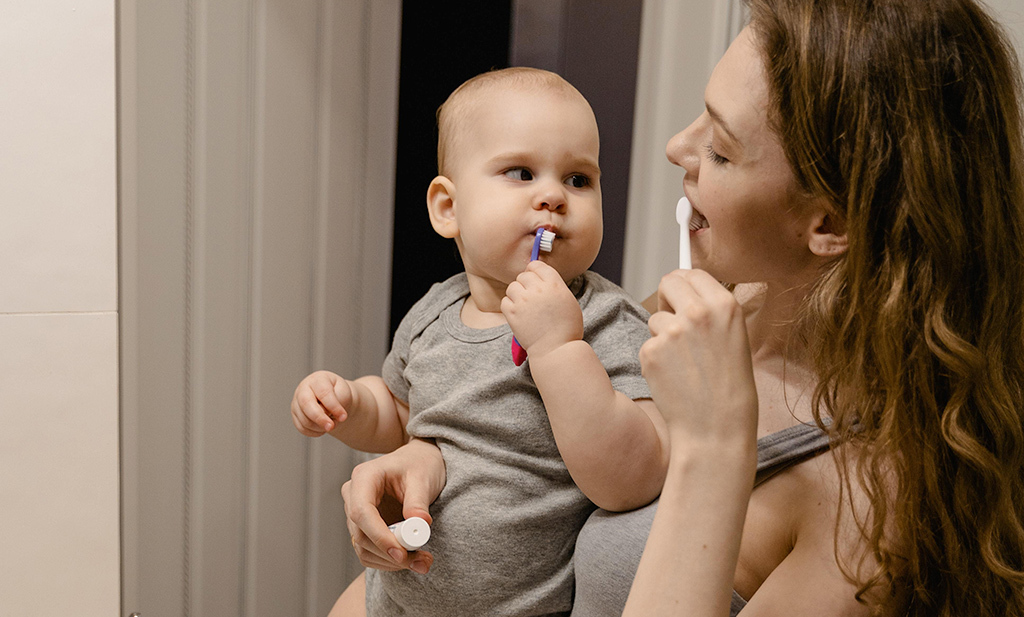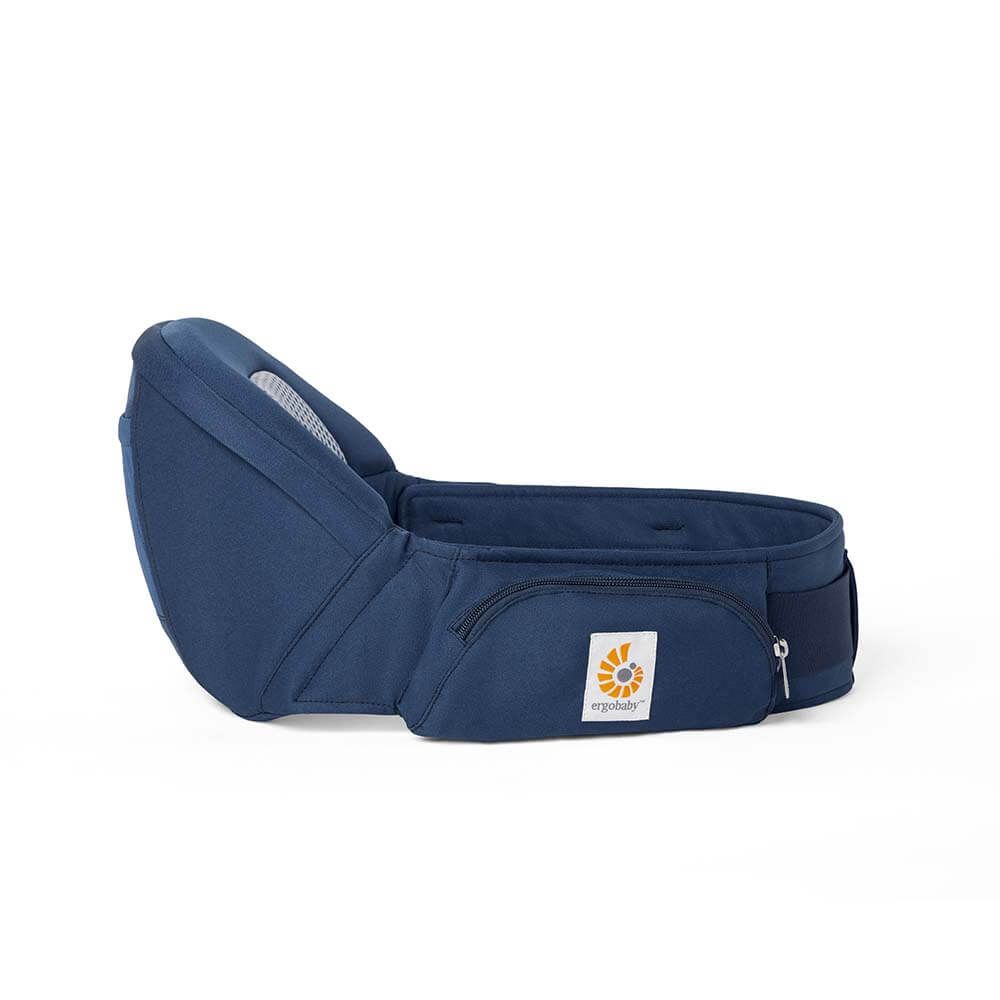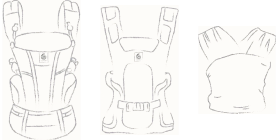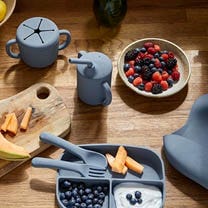
September 04, 2023
Brushing baby’s teeth: What parents need to know.
Did you know that the development of a child’s teeth begins in early pregnancy? However, it takes until infancy for the first teeth to become visible. But what about brushing your baby’s teeth? Baby teeth need different care than those of children or adults. Since the foundation for a healthy dental life is laid in infancy and toddlerhood, our midwife and babywearing consultant Katrin Ritter answers the most frequently asked questions about baby’s teeth, teething and dental care.When does a baby grow their first tooth?
On average, the first milk teeth appear between the sixth and eighth month of life. However, for some babies, the first tooth appears at the age of three or four months, for others there is still no tooth in sight on their first birthday. Every child is different – so don’t stress about this.Which teeth come first?
As a rule, teeth erupt according to the following pattern, but the timing can be individual: – 4 to 8 months: central incisors at the bottom, then at the top. – 8 to 12 months: lateral incisors on top, then on the bottom. – 12 to 16 months: front molars on top, then on the bottom. – 16 to 20 months: canines above, then below. – 20 to 24 months: upper molars, then lower.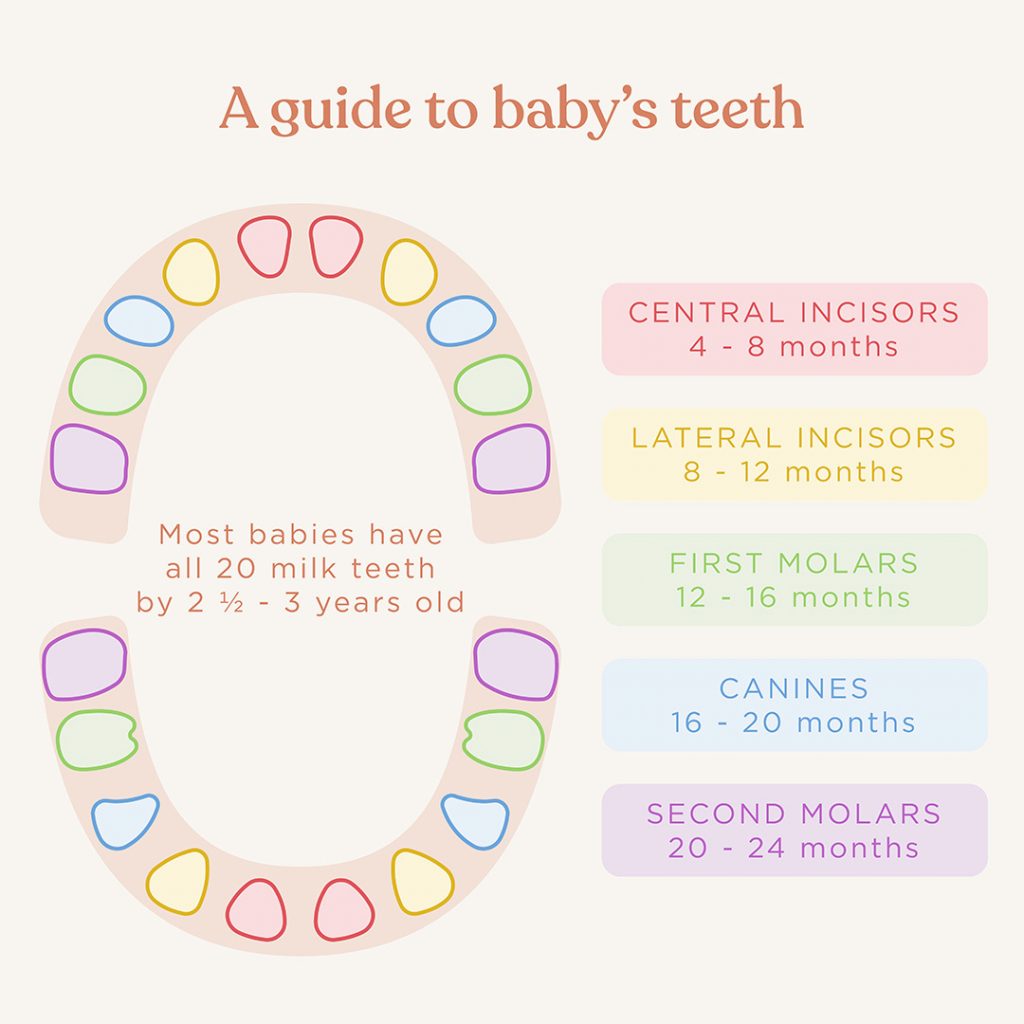
How many teeth does a baby have?
The child’s dentition consists of 20 teeth, with 10 teeth each in the upper and lower jaw. In each jaw, the child grows four incisors, two canines and four molars. The primary dentition is complete when your little one has 20 teeth – normally by around two and a half to three years old.When should you start brushing your child’s teeth?
Has your little ones first tooth arrived? Then it’s time to start brushing carefully once or twice a day with a soft, moistened toothbrush and a small smear of toothpaste until they are three years when old a pea-sized amount of toothpaste should be used. Use children’s fluoride toothpaste containing no less than 1,000ppm of fluoride (check the label) unless a dentist advises family toothpaste containing between 1,350ppm and 1,500ppm fluoride. The point is to get your baby used to the toothbrush and dental care should be part of the daily routine in the evening before bedtime and one other time of the day. You should brush for about two minutes and spit out after brushing, without rinsing. Make sure that your child does not swallow the toothpaste and parents or carers should brush the teeth until children are aged around 7 years old but even then, it’s a good idea to keep an eye on them to make sure they brush properly and for the full two minutes.